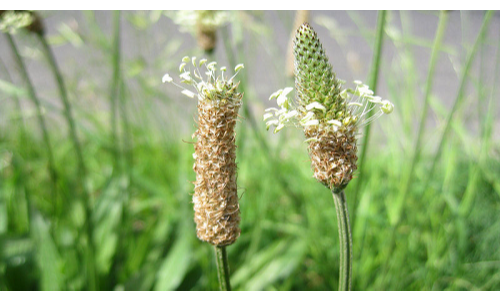Treatment of chronic non-healing wounds in diabetes is a major clinical challenge. Researchers at Indian Institute of Technology (IIT), Madras develop a new wound dressing material to address this problem. They have developed it, using reduced graphene oxide loaded nanocomposite scaffolds and Isabgol.
Chennai (ISW) – Treatment of chronic non-healing wounds in diabetes is a major clinical challenge. Researchers at Indian Institute of Technology (IIT), Madras have developed a new wound dressing material to address this problem. They have developed it, using reduced graphene oxide loaded nanocomposite scaffolds and Isabgol.
Wounds in diabetic patients do not heal as rapidly as it would in a normal healthy individual. This leads to chronic non-healing wounds that can result in serious complications like amputations. Some wound dressings for diabetics are commercially available. However, they are very expensive. As the diabetic population in India keeps growing, treating these diabetic wounds will be a major clinical and social challenge.
“We have taken reference of a study published in Advanced Healthcare Material Journal, where it has been shown that graphene oxides at certain concentrations have angiogenic properties (the physiological process through which new blood vessels form from pre-existing vessels). We took isabgol (psyllium) as base material and reduced graphene oxide as bioactive material. Isabgol was used because it can absorb large quantities of wound exudates, it also provides an ideal moist environment for the wound to heal faster. The Isabgol-reduced graphene oxide nanocomposite that we prepared has shown exciting results in animal studies,” said Prof. Vignesh Muthuvijayan, Assistant Professor, Department of Biotechnology, IIT Madras.
Dr. Muthuvijayan and his team used a convex lens to focus sunlight on graphene oxide to obtain reduced graphene oxide. Then, they loaded these reduced graphene oxide dispersions into a solution of isabgol (psyllium) to obtain the wound dressing scaffolds. Fibroblast cells, responsible for wound healing were used to evaluate the toxicity and bioactivity of these scaffolds on cell attachment, migration and proliferation. The newly developed scaffolds were shown to provide a suitable tissue-friendly environment for the cells and subsequently improve cell proliferation and attachment.
The scaffold also provided an ideal environment to the wounds for the re-growth of damaged skin through proliferated fibroblast cells on the injury site. Histopathology and immunohistochemistry analyses showed that the treatment enhanced new blood vessels formation, collagen synthesis and deposition in treated wounds.
Overall, the research showed that these wound dressings could significantly accelerate healing of both normal and diabetic wounds. The study has been done on rats where the normal wounds treated with the dressings healed in 16 days compared to 23 days in untreated wounds. Similarly, the wounds on diabetic rat treated with the dressings healed in 20 days compared to 26 days in untreated wounds. These scaffolds are easy to prepare, inexpensive, and show excellent healing properties.
A report on the research was published in a recent issue of Journal of Colloid and Interface Science.


